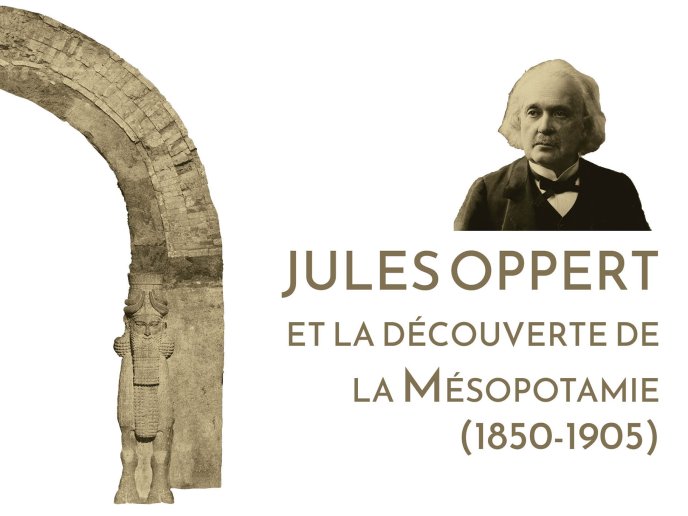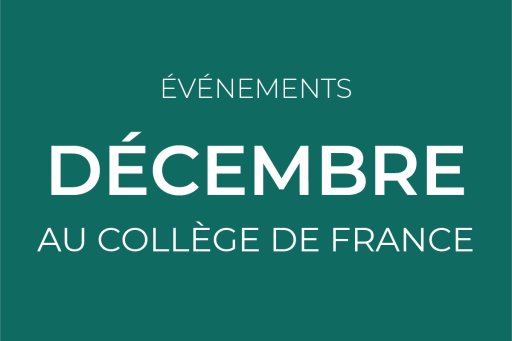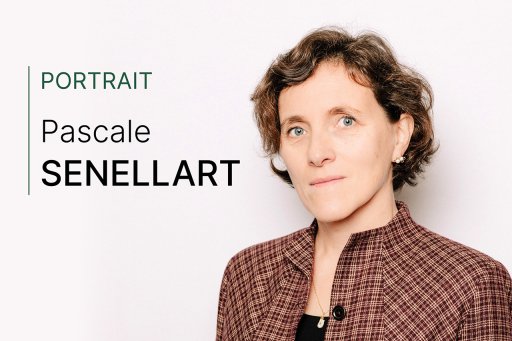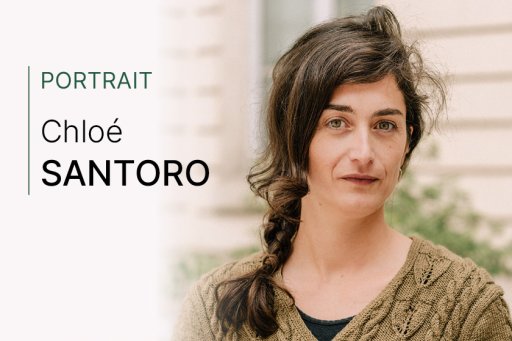From June 18 to October 10 2025, discover the incredible adventure of deciphering cuneiform writing and the Assyrian language. This exhibition follows the work of Jules Oppert, a pioneer of Assyriology and professor at the Collège de France from 1874 to 1905. You'll discover how his research lifted the veil on mysterious ancient Mesopotamia and the richness of its Sumerian, Babylonian and Assyrian civilizations. A fascinating journey into the past awaits you at !
The exhibition is open to all, free of charge, Monday to Friday, 10 h to 19 h, except public holidays. Last admission at 18 h 30.










